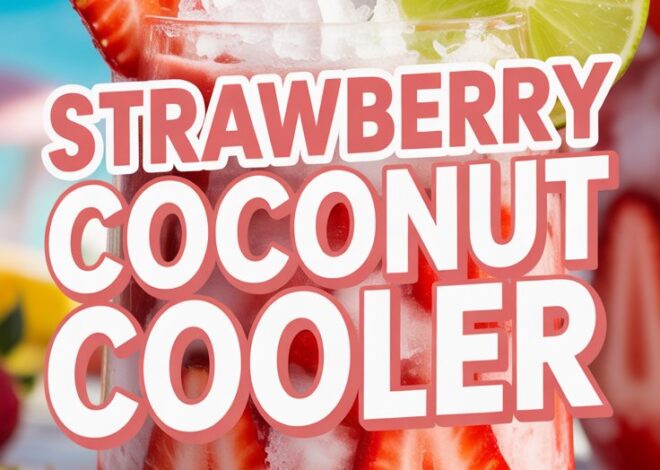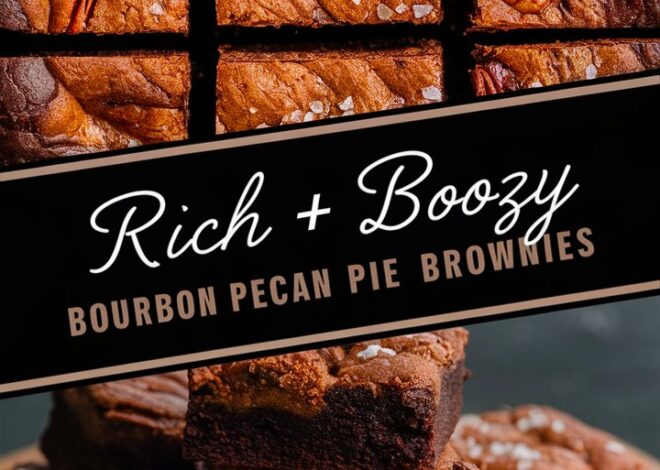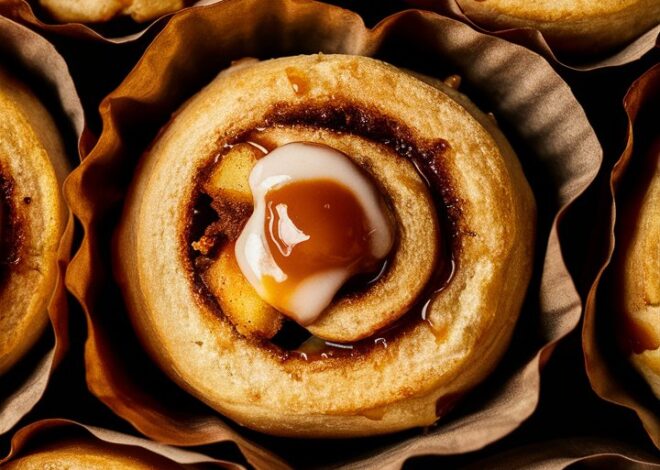
How to Make Irresistible Cornflake Cookies: A Step-by-Step Guide 2025
When it comes to classic comfort foods with a modern twist, few treats can match the charm of cornflake cookies. These delightful cookies offer a unique combination of textures — a chewy, buttery base with a satisfyingly crunchy cornflake topping that instantly brings back memories of childhood kitchen adventures. Whether you’re a seasoned baker or just starting, this recipe promises to deliver cookies that are golden, flavorful, and impossible to resist.
In this comprehensive guide, you’ll learn everything you need to know about creating the perfect cornflake cookies: from choosing the right ingredients to expert baking tips, customization ideas, and troubleshooting common issues. By the end, you’ll be equipped with all the knowledge to bake these irresistible treats that are sure to impress family, friends, and even yourself.
Why Cornflake Cookies Are So Special
Cornflake cookies stand out because they combine the nostalgic crunch of cornflakes with the comforting chewiness of a traditional cookie. Unlike typical cookies that rely solely on flour and sugar, these cookies introduce rolled oats and cornflakes, which enhance both flavor and texture.
The secret to their appeal lies in the balance:
- Crunch: The cornflakes provide a delicate crunch that contrasts perfectly with the soft interior. Crushing them lightly ensures they don’t overpower but add just the right amount of texture.
- Chewiness: Brown sugar and oats work together to create a moist, chewy bite.
- Flavor: Vanilla and buttery notes are enriched by a hint of caramel from the brown sugar, sometimes enhanced with a sprinkle of flaky sea salt to highlight the sweet-salty harmony.
These cookies are versatile: perfect for afternoon snacks, dessert trays, or even breakfast treats with a cup of coffee or milk.
Ingredients Explained: The Heart of Perfect Cornflake Cookies
Understanding your ingredients is key to baking success. Let’s break down each essential component and what it contributes to the final cookie.
1. Unsalted Butter
Butter is the foundation of flavor and texture in most cookies. Using unsalted butter allows you to control the salt content more precisely. Butter provides richness and helps create the perfect chewy yet tender crumb. It also aids in spreading during baking.
Tip: Always use softened butter (room temperature) for proper creaming with sugars. Too cold or melted butter will affect texture.
2. Brown Sugar and Granulated Sugar
This recipe calls for both brown sugar and granulated sugar for a reason:
- Brown Sugar: Adds moisture and a deep caramel flavor thanks to its molasses content, enhancing chewiness.
- Granulated Sugar: Helps create a slight crispness around the edges.
Adjusting sweetness: You can reduce sugars slightly, but expect firmer, less chewy cookies.
3. Eggs
Eggs bind the dough together and contribute to the structure and moisture. Using fresh, large eggs is recommended.
4. Vanilla Extract
Vanilla adds warmth and depth to the flavor, rounding out the sweetness.
5. All-Purpose Flour
Flour provides the structure. Using all-purpose flour is standard; it has enough protein to give your cookies body but isn’t too tough.
Tip: For gluten-free options, use a 1:1 gluten-free flour blend.
6. Baking Soda and Baking Powder
These leavening agents help the cookies rise just enough without becoming cakey. Baking soda aids browning and spreading, while baking powder offers a subtle lift.
7. Salt
Salt balances sweetness and enhances overall flavor. Using a pinch of flaky sea salt on top of baked cookies can elevate the taste by adding contrast.
8. Rolled Oats
Rolled oats add texture and a wholesome flavor. Unlike quick oats, they retain more chew and integrity during baking.
9. Cornflakes
The star ingredient! Cornflakes introduce a crispy crunch that defines this cookie. Lightly crushing them is key—too crushed and they lose texture; too whole and they may burn.
Step-by-Step Instructions for Perfect Cornflake Cookies
Now that you know your ingredients, let’s dive into the baking process, complete with tips to get the best results every time.
Step 1: Prepare Your Workspace and Preheat the Oven
- Preheat your oven to 350°F (175°C).
- Line baking sheets with parchment paper or a silicone baking mat to prevent sticking and promote even baking.
Step 2: Cream Butter and Sugars
- In a large mixing bowl, beat 1 cup softened unsalted butter, 1 cup packed brown sugar, and ½ cup granulated sugar on medium speed until the mixture is light, fluffy, and creamy. This usually takes about 2-3 minutes.
- This creaming process incorporates air, which helps create the perfect cookie texture.
Step 3: Add Eggs and Vanilla
- Crack in 2 large eggs, one at a time, beating well after each addition to ensure full incorporation.
- Stir in 1 teaspoon vanilla extract until the batter looks smooth and glossy.
Step 4: Mix Dry Ingredients Separately
- In another bowl, whisk together:
- 1 ½ cups all-purpose flour
- 1 teaspoon baking soda
- ½ teaspoon baking powder
- ½ teaspoon salt
Step 5: Combine Wet and Dry Ingredients
- Gradually add the dry mixture to the wet batter, mixing on low speed until just combined.
- Avoid overmixing to prevent tough cookies.
Step 6: Fold in Oats and Cornflakes
- Using a spatula or wooden spoon, gently fold in:
- 2 cups old-fashioned rolled oats
- 2 ½ cups cornflakes, lightly crushed
- Be gentle to preserve the cornflakes’ crunch.
Step 7: Scoop and Shape the Dough
- Use a medium cookie scoop or tablespoon to portion dough (about 2 tablespoons per cookie).
- Place scoops on the prepared baking sheets about 2 inches apart.
- Optionally, gently press down the tops for a flatter cookie.
Step 8: Bake and Cool
- Bake in the preheated oven for 10-12 minutes or until edges turn golden brown and centers look set but still soft.
- Remove from oven and immediately sprinkle with a pinch of flaky sea salt if desired.
- Let cookies cool on the baking sheet for 5 minutes before transferring to a wire rack to cool completely.
Baking Tips & Troubleshooting
- Flat Cookies?
This usually happens if butter is too soft or dough is warm. Chill dough for 30 minutes before baking. - Crispier Cookies?
Bake 1-2 minutes longer and let cool uncovered. - Softer Cookies?
Slightly underbake and store cookies in an airtight container with a slice of bread to retain moisture. - Evenly Sized Cookies?
Use a cookie scoop for consistent size and baking times.
The Science Behind Cornflake Cookies
Understanding what happens during baking can elevate your skills:
- Butter and Sugar: Creaming butter with sugar traps air, giving cookies lift and tenderness. Brown sugar’s moisture content keeps cookies chewy.
- Leavening Agents: Baking soda reacts with acidic components to create bubbles, aiding in spreading and browning. Baking powder adds lightness.
- Oats and Cornflakes: Oats absorb moisture, contributing to chewiness. Cornflakes remain crunchy because they don’t absorb much moisture and are added last.
- Mixing: Overmixing develops gluten, causing toughness. Gentle folding keeps texture light.
Creative Variations and Customizations
- Add Chocolate Chips: Stir in ½ to 1 cup for extra sweetness and richness.
- Nuts: Chopped pecans or walnuts add crunch and flavor.
- Dried Fruit: Raisins or cranberries offer chewy bursts.
- Spices: Cinnamon or nutmeg can warm up the flavor.
- Coconut: Shredded coconut pairs beautifully with oats and cornflakes.
- Vegan Option: Replace butter with vegan margarine and eggs with flax eggs (1 tbsp ground flaxseed + 3 tbsp water per egg).
Storing and Serving Your Cookies
- Storage: Keep cookies in an airtight container at room temperature for up to 5 days.
- Freezing: Freeze baked cookies for up to 3 months; thaw at room temperature.
- Dough: Dough balls can be frozen on a tray then transferred to bags for up to 2 months; bake straight from frozen, adding 1-2 minutes to baking time.
- Serving Suggestions: Enjoy with milk, tea, coffee, or even ice cream sandwiches!
Nutritional Information (Approximate per cookie, 24 cookies total)
- Calories: 210
- Carbohydrates: 28g
- Protein: 3g
- Fat: 10g
- Saturated Fat: 6g
- Cholesterol: 30mg
- Sodium: 140mg
- Sugar: 14g
- Fiber: 1g
Note: Values vary based on specific ingredients and portion sizes.
Frequently Asked Questions (FAQ)
Q1: Can I substitute quick oats for rolled oats?
A: Yes, but the texture will be softer and less chewy. Rolled oats retain their structure better.
Q2: How do I make these cookies gluten-free?
A: Use a 1:1 gluten-free flour blend and ensure your oats and cornflakes are certified gluten-free.
Q3: Why are my cookies too flat?
A: Butter may be too warm or dough was not chilled. Try refrigerating dough before baking.
Q4: How can I make the cookies crispier?
A: Bake a minute or two longer and cool uncovered.
Q5: Can I reduce sugar without ruining the cookies?
A: Yes, reducing sugar by up to ¼ cup is possible, but cookies will be less chewy and may spread less.
Q6: How can I store cookie dough for later baking?
A: Freeze dough balls on a tray, then transfer to a sealed bag. Bake directly from frozen, adding a couple of minutes to baking time.
Final Thoughts
Cornflake cookies are more than just a nostalgic treat — they’re a celebration of textures and flavors that please every palate. Their unique combination of buttery chewiness and crunchy cornflake topping makes them a standout in any cookie collection. With the knowledge and tips shared in this guide, you’re ready to bake these cookies to perfection every time.
Experiment with variations, share your creations, and enjoy this timeless recipe that brings comfort and joy in every bite.


